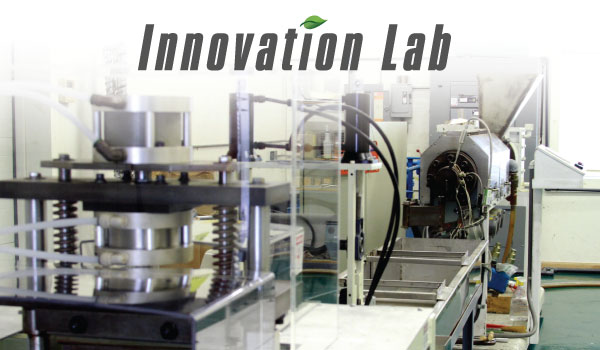
Optimize processability of bioplastics
Published in Bioplastics Magazine
View Article
Working closely with sustainability partner, Dynisco, (Franklin, Massachusetts, USA,) Glycon Corp. (Tecumseh, Michigan, USA,) has incorporated Dynisco’s breakthrough technology in analytical instrumentation known as the Dynisco ViscoIndicator Online Rheometer into their screw design protocol. The ViscoIndicator provides continuous measurements of melt flow rates, apparent viscosity or intrinsic viscosity directly on the Glycon lab extruder. Dynisco aims to provide a window into the process for processors of all sizes in order to simplify rheology and improve quality and profitability. Glycon is maximizing this information by utilizing it in their screw design protocol to determine the best type of screw to run any bioplastic, composite, or blend of materials, as well as to determine the specific geometry and flight configuration of the feedscrew. Glycon has been designing feedscrews for the plastics processing industry for over 40 years. Whether the process is extrusion, injection molding or blow molding, the feedscrew design has a major effect on the quality and quantity of the end product being produced. As more bioplastics that have a favorable impact on the environment are introduced, key factors in their acceptability by manufacturers will be cost and processability. With accurate rheological data on the material, whether it be virgin material in pellet form, a blend of virgin or re-grind, a composite of plant based and recycled or even recovered ocean plastics, accurate rheological data, combined with Glycon’s experience and state-of-the-art instrumentation in their Innovation Lab, will provide the critical link to maximize output rates, provide a homogeneous mix and deliver a high quality melt on the new polymers being introduced.

Protocol for developing Bio-Screw® designs
1. Obtain and review material data sheets.
2. Analyze and determine material form and bulk density.
3. Establish processing goals and objectives. – desired output rate – discharge pressure – discharge melt temperature
4. Select processing conditions based on processing goals. – screw speeds – feeding rate- barrel temperatures
5. Select screw type and geometry. – conventionally flighted metering screw – barrier screw – distributive mix/melt screw – grooved or smooth feed – mixers required
6. Run material(s) monitoring: – temperature – pressure – apparent/intrinsic viscosity – melt flow rate – shear rate – viscosity at different shear rates – shear sensitivity
7. If more than one material is tested, run a comparative analysis.
8. Optimize performance: – adjust temperature profile – adjust head pressure – adjust screw speed – change/modify feedscrew
9. Prepare a detailed report on the test including: – number of trials – temperatures and screw speeds – horsepower – lb or kg/hr/rpm – torque – energy consumption – melt quality
10. Generate a screw design recommendation.
The Innovation Lab, equipped with Dynisco’s ViscoIndicator, gives Glycon state-of-the-art capability specifically targeted at sustainable materials and the circular economy. With live streaming available, material tests can be viewed around the globe in real time.